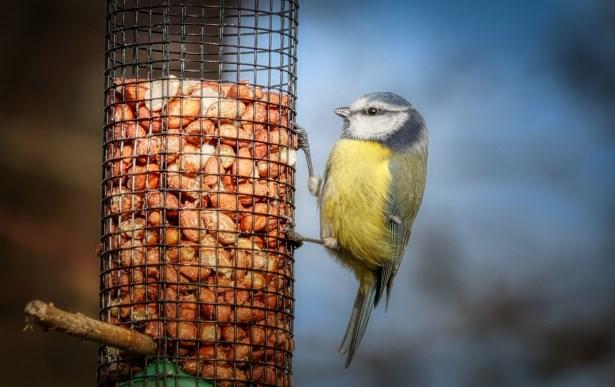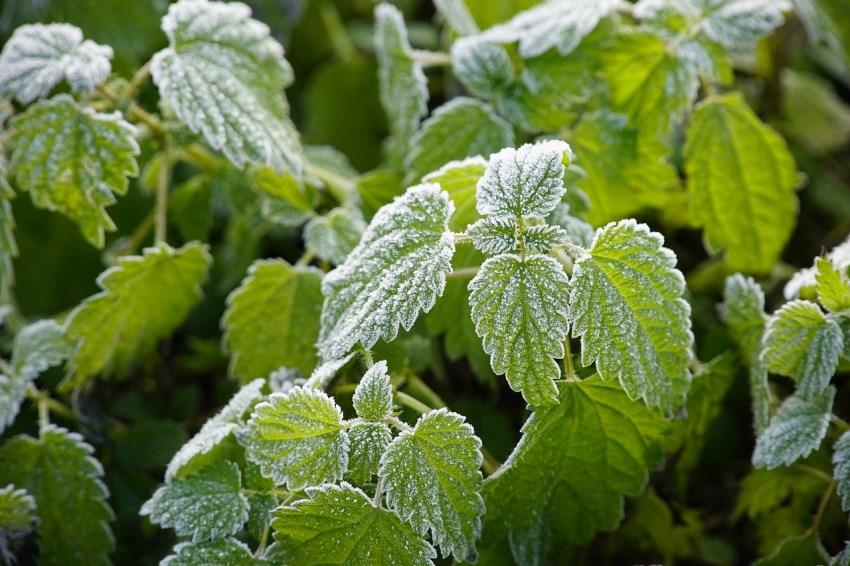
7 minute read
WIN! Book; Heroes of Coastal Command
through the door
Competition 21
Advertisement
Win a signed copy of Heroes of Coastal Command Send your answer and contact details to: Heroes of Coastal Command Competition, PO Box 2237, Pulborough, RH20 9AH or enter online at www.sussexlocal.net/features/competitions Winner drawn after 29th February 2020. Please indicate if you wish to remain on our mailing list. To enter the competition answer the question below: Q: What year was Coastal Command established a) 1920 b) 1945 c) 1936 hopefully enjoyed, yet which brings together my own research on the subjects. The aim is not to just write their military history, but also the social and political and economic history too. Their individual stories will be illustrative of the experience of war and the conduits to explaining the bigger picture of Coastal Command’s operational sphere” Heroes of Coastal Command is available to buy for £25.00. Contact Pen & Sword Books 01226 734267 or visit www.pen-and-sword.co.uk. The RAF's Maritime War 1939 - 1945 makes the reader think again about the RAF’s maritime arm, Coastal Command, which was established in 1936. Often working alone and unsupported, undertaking long patrols out over opens seas, Coastal Command bred a special kind of airman. Including individuals such as Lieutenant Commander Roger Morewood MID, who was born in Worthing. Author Andrew Bird, “I knew some of these men for a brief period in the 1990’s when I began talking to British, Canadian, Australian and American veterans of Coastal Command’s war. Years later, as I began to write, it occurred to me, that I should from the start, set down my aim and the parameters I have given myself. Above all, this is meant to be a compelling narrative history of a few participants of the most neglected Royal Air Force command in the historiography of the Second World War –Coastal Command. It is one that can be easily read and digested, and Heroes of Coastal Command The RAF's maritime war 1939 - 1945
22 Gardening
In Your Garden Monthly gardening ideas and tasks by Andrew Staib, Principal Designer of Glorious Gardens
Rewilding your garden - 8 easy steps Firstly, what is rewilding? Rewilding is returning outdoor spaces to a natural state where nature can evolve without the intense involvement of humans. It allows original ecosystems to reassert themselves, thereby supporting damaged natural systems to heal and threatened species to recover their populations. The scale of rewilding is normally whole valleys being returned to forest or boglands being left to replenish after years of vegetative extraction. But we can rewild our little bit of the earth that we have inherited! Here are 8 ways to go about it: 1) Not so tidy Think differently about needing a tidy garden. Nature can start to shape your garden, or parts of your garden, and the need we have for straight lines and clean lawns and beds can relax a little. Leaving piles of leaves, mounds of fallen apples and crab apples and old logs to house insects can make your garden into both a factory and a hotel for life. You can leave a whole area of your garden over to nature. You may start to see tidiness as barrenness after a while, a garden stripped of natural abundance. Your neighbours, once you show them the increased amount of wildlife that your approach has yielded, may start asking you for advice. 2) Food for nature You can plant trees and shrubs that are rich in berries all year round to feed the myriad of garden visitors. From bats to bees and birds to frogs, your planting decisions will foster a smorgasbord.


Buddleia and Lythrum salicaria for bees, Sweet Chestnuts and acorns for small mammals, plus for the birds plants such as Cotoneaster, Black Cherry, Hawthorn, Ivy and Holly will keep a good supply of nutrition going all year. For butterflies and moths, try nettles and Lilac, Lavender, Foxgloves, Angelica and Honeysuckle. 3) Homes for nature
As well as leaving piles of leaves about, and decaying logs, you can create your own insect hotels and bird feeders. (If you put your bird feeder near your rose garden you can keep the aphid population down rather than using insecticides). Having some evergreen shrubs can provide valuable protection as well as cool shade in summer.


through the door
Gardening 23
You can chat with your neighbours and make sure that wildlife can move through one garden to the next. Indeed, the next time a fence needs replacing you can both think of replacing it with a mixed hedge rich in food. 4) Water Any pond, no matter how small, will give life to insects and slug eating frogs, as well as providing drinking water and a bath for birds to clean their wings. It is like creating a fertile soup as the whole of the food chain depends on it. 5) Mix and match planting

A variety of plant life will allow a variety of wildlife e.g. certain birds prefer only certain berries. Perennials that die down in the winter provide a food source and

a place for bugs to hide, flowers produce different types of nectar and a pond will allow the growth of water plants that certain insects need. You can allow certain weeds like clover, nettles and teasels a place to thrive whilst not taking over. 6) Don’t bother hoeing If you keep your veg beds well weeded there is no need to disturb the delicate ecosystem of the soil by yearly hoeing. This no-dig method involves putting a thick mulch on top of the pre-existing soil each year. You do, however, have to have a really good and plentiful supply of compost to do this. Worms and other microfungi will be happier left undisturbed (did you know that there are over one million different types of worms?!). 7) Lawn care You can give a bit or all of your lawn over to wild meadow grasses. Even leaving the lawn to grow long and plug-planting some wildflower perennials will create a healthy habitat for wildlife. Paths can be converted to bark chip paths, which eventually break down and can be spread on the beds each year or two when it is time to replenish them with new bark. 8) Become a nature detective It is amazing how once you learn the name of something, you enter into a relationship with it. The hundred common garden insects, once you know their proper name, won’t just be lumped under the pesty insect

24 Gardening
category but will become the doorway to being able to find out more about them. Do you know what a pear midge is? Or a flea beetle? Or a green Capsid Bug? Or how familiar are you with the sex life of snails? You can keep a little book of sightings in your garden - much more interesting and varied than bird-watching! Rewilding your garden can be done a little here and there. It is not maintenance free but it is a relaxed attitude to nature where fertility and abundance can make up for the moss free patio that we worry so much about! Flea Beetle

What to do this February February is a great time to explore woodland. The bare bones of the earth are at rest and the quality of the forest is still and waiting for Spring with some small delights emerging. Also the evergreens like Ivy, Yew and Holly come into their own. Try visiting Angmering Park Estate Trust, Burton and Chingford Pond, Petworth House Woods, Slindon and The Warrens.

February tasks

• Do a last tidy up and cut old perennials and ornamental grasses to ground level (as long as they are not the evergreen ornamental grasses!) • Now is the time to finish pruning your Roses and Wisterias. • Cut back Hardy shrubs like Cornus, Salix and Cotinus as well as Buddleia. • Anything that has flowered during the winter can be pruned back into shape now like Winter Jasmine and Mahonia. • Lift out and separate your Snowdrops after they have flowered. You can then replant them in different areas of the garden. • If you have a greenhouse you can start sowing leeks and onions.










